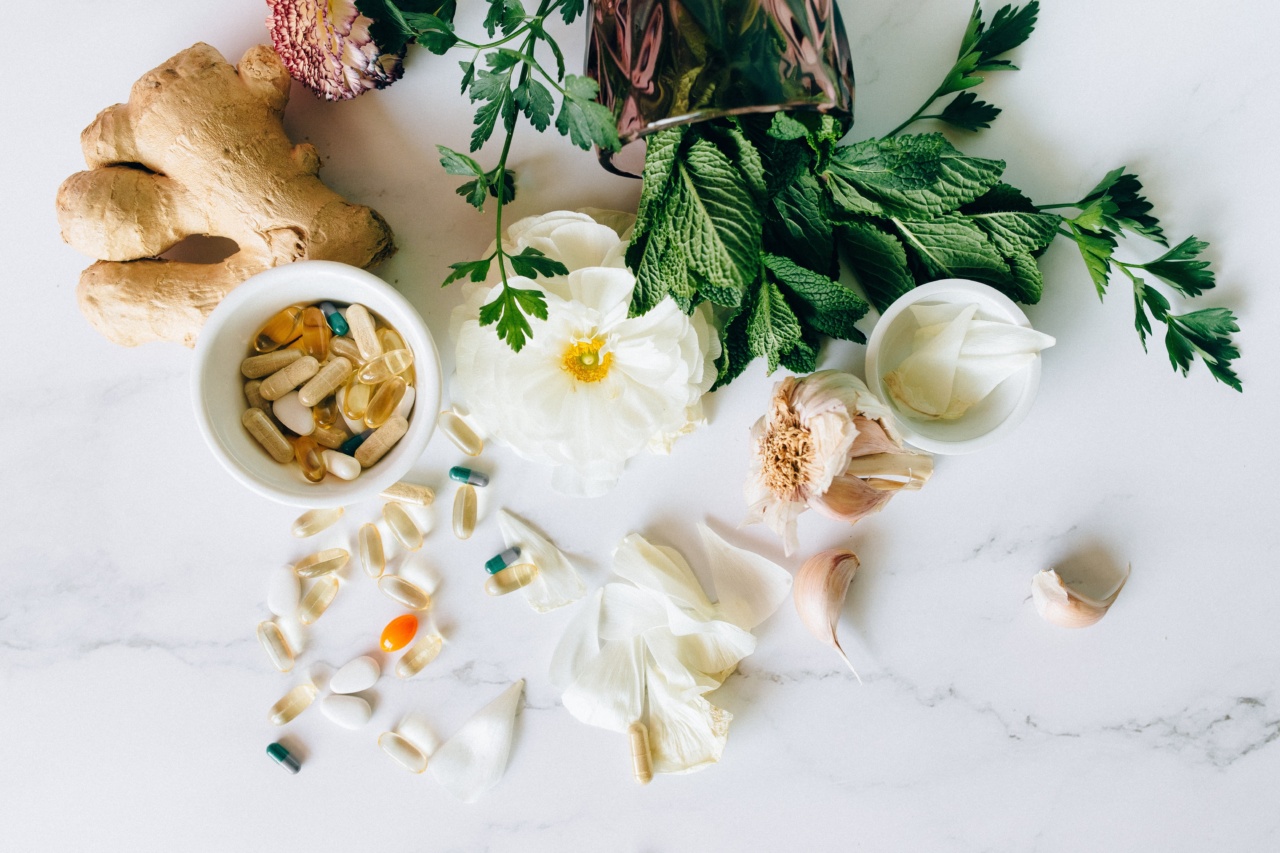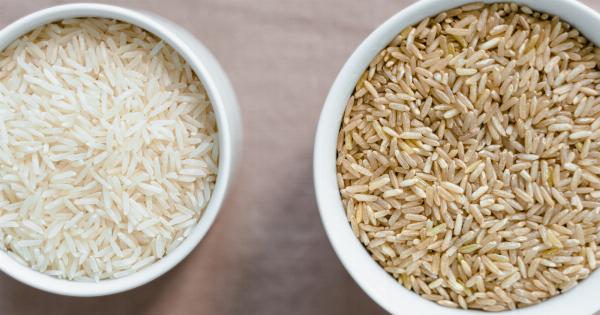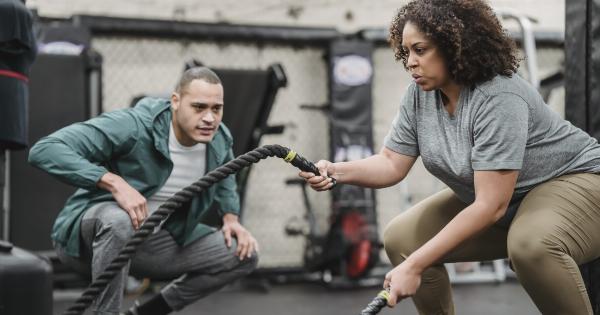Ulcerative colitis is a chronic inflammatory bowel disease that affects the colon and rectum.
The condition is characterized by inflammation and ulcers in the lining of the colon, which can cause symptoms such as abdominal pain, diarrhea, and rectal bleeding. Currently, there is no known cure for ulcerative colitis, but there are a variety of treatment options available to manage symptoms and improve quality of life.
One of these options is yoga, which has been shown to be a natural complement to traditional ulcerative colitis treatment.
How Does Yoga Benefit Ulcerative Colitis?
Yoga has a number of potential benefits for people with ulcerative colitis. As a mind-body therapy, yoga can help to reduce stress and promote relaxation.
Stress is a known trigger for flare-ups in people with ulcerative colitis, and reducing stress levels can therefore help to reduce symptoms and improve overall health. Additionally, the physical practice of yoga can help to improve flexibility, core strength, and overall fitness, which can all help to improve digestive function and reduce inflammation in the body.
Yoga Poses for People with Ulcerative Colitis
When practicing yoga for ulcerative colitis, it’s important to focus on poses that are gentle and non-invasive. Here are a few poses that can be beneficial:.
1. Cat-cow stretch
This pose involves moving between an arched back and rounded spine while on all fours. It helps to improve flexibility and mobility in the spine, and can also help to massage the digestive organs to improve digestion.
2. Child’s pose
This is a restorative pose that involves kneeling down on the mat and stretching the arms out in front of the body with the forehead resting on the mat. It is a gentle stretch for the lower back and can help to relieve stress and tension in the body.
3. Bridge pose
This pose involves lying on the back with the knees bent and the feet flat on the mat, and then lifting the hips up towards the ceiling.
It can help to strengthen the core, glutes, and legs, and can also help to improve digestion and reduce inflammation in the body.
4. Half lord of the fishes pose
This pose involves sitting with one leg bent over the other and twisting the torso towards the bent knee. It can help to improve digestion and reduce bloating, and can also help to improve flexibility in the spine.
5. Corpse pose
This is a relaxation pose that involves lying on the back with the arms and legs stretched out, and the eyes closed. It can help to reduce stress and promote relaxation, which can be particularly helpful for people with ulcerative colitis.
Precautions to Take When Practicing Yoga with Ulcerative Colitis
While yoga can be a beneficial practice for people with ulcerative colitis, there are some precautions that should be taken to ensure safety and avoid triggering flare-ups. Here are a few tips to keep in mind:.
1. Consult with a doctor first
Before starting a yoga practice, it’s important to consult with a doctor to ensure that it is safe for you to do so.
They can help to identify any potential risks or limitations, and can also help to recommend specific types of yoga or poses that may be particularly beneficial for you.
2. Start slow
It’s important to start slow when practicing yoga with ulcerative colitis. Begin with gentle poses that are easy on the body, and gradually work up to more challenging poses as your body becomes stronger and more flexible.
3. Listen to your body
Pay close attention to your body when practicing yoga, and stop or modify any poses that feel uncomfortable or cause pain. It’s important to remember that everyone’s body is different, and what works for one person may not work for another.
4. Avoid inversions and twists
While some twists and inversions can be beneficial for people with ulcerative colitis, they can also be risky if not done correctly. It’s best to avoid these types of poses unless you are working with an experienced yoga instructor.
5. Practice in a safe environment
When practicing yoga with ulcerative colitis, it’s important to do so in a safe environment with an experienced instructor. This can help to prevent injury and ensure that you are doing the poses correctly.
Conclusion
Yoga can be a natural complement to traditional ulcerative colitis treatment.
By helping to reduce stress levels, improve flexibility and mobility, and promote relaxation, yoga can help to manage symptoms and improve quality of life for people with ulcerative colitis. However, it’s important to remember to practice yoga safely and under the guidance of an experienced instructor, and to always listen to your body to avoid triggering flare-ups.





























